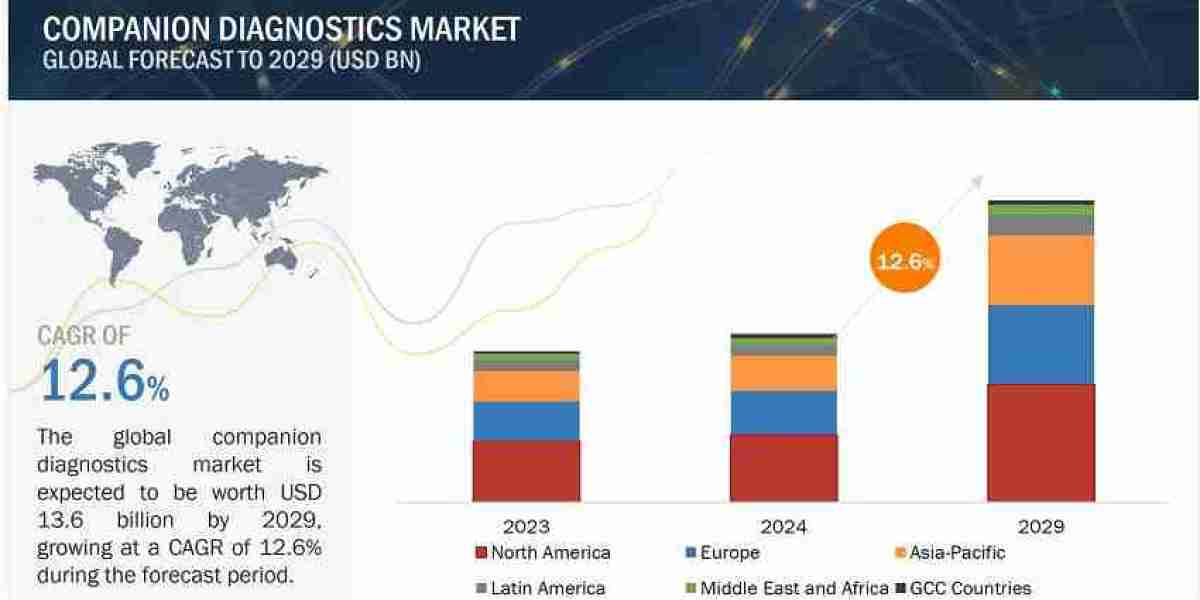Demand forecasting is a critical aspect of business operations, providing insights that drive strategic decision-making and enhance organizational efficiency. In this comprehensive guide, we delve into the strategic benefits of demand forecasting and how it empowers businesses to stay competitive in today's dynamic market environment.
1. Introduction to Demand Forecasting
Demand forecasting is the process of predicting future customer demand for products or services based on historical data, market trends, and other relevant factors. It serves as a foundation for various business activities, including production planning, inventory management, and resource allocation. By accurately anticipating demand fluctuations, businesses can streamline their operations and optimize performance.
2. Importance of Demand Forecasting
Cost Reduction
One of the primary benefits of demand forecasting is cost reduction. By accurately predicting future demand, businesses can avoid overproduction or underproduction, thereby minimizing wastage and associated costs. Additionally, demand forecasting enables companies to optimize their supply chain and inventory management practices, further reducing operational expenses.
Efficient Inventory Management
Effective inventory management is essential for maintaining customer satisfaction and minimizing holding costs. Demand forecasting plays a crucial role in inventory optimization by providing insights into demand patterns and seasonal fluctuations. By aligning inventory levels with anticipated demand, businesses can ensure product availability while minimizing excess inventory and associated carrying costs.
3. Strategic Benefits of Demand Forecasting
Decision Making
Demand forecasting provides valuable insights that inform strategic decision-making across various business functions. By accurately predicting future demand, companies can make informed decisions regarding production schedules, marketing strategies, and new product development initiatives. This enables businesses to allocate resources efficiently and capitalize on emerging market opportunities.
Market Expansion
Demand forecasting facilitates market expansion by enabling businesses to identify new growth opportunities and target emerging market segments. By analyzing demand trends and consumer behavior, companies can develop tailored marketing strategies and product offerings to cater to diverse customer needs. This strategic approach to market expansion helps businesses stay ahead of competitors and drive sustainable growth.
Product Development
Accurate demand forecasting is crucial for effective product development and innovation. By understanding customer preferences and anticipating future demand trends, businesses can develop new products or enhance existing ones to meet evolving market demands. This proactive approach to product development enables companies to stay relevant in an increasingly competitive marketplace and maintain customer loyalty.
4. Factors Affecting Demand Forecasting
Historical Data
Historical sales data serves as a critical input for demand forecasting models, providing insights into past demand patterns and trends. By analyzing historical data, businesses can identify seasonal variations, demand cycles, and other factors that influence future demand. However, it's essential to consider the relevance and accuracy of historical data when forecasting demand for dynamic markets or new product categories.
Market Trends
Market trends such as changes in consumer preferences, economic conditions, and competitive landscape can significantly impact demand forecasting. Businesses need to closely monitor market trends and incorporate them into their forecasting models to make accurate predictions. By staying abreast of market dynamics, companies can adapt their strategies and maintain a competitive edge in the marketplace.
Seasonality
Seasonality is another critical factor to consider in demand forecasting, especially for products or services subject to seasonal variations in demand. Factors such as weather patterns, holidays, and cultural events can influence consumer purchasing behavior and demand patterns. By accounting for seasonality in demand forecasting models, businesses can adjust their production schedules and inventory levels accordingly to meet customer demand effectively.
5. Methods of Demand Forecasting
Demand forecasting can be approached using qualitative, quantitative, or a combination of both methods, depending on the nature of the business and the availability of data.
Qualitative Methods
Qualitative methods involve gathering expert opinions, conducting market surveys, and using judgmental techniques to forecast demand. These methods are useful when historical data is limited or unreliable, or when forecasting for new products or emerging markets. Qualitative methods rely on subjective judgment and expert insights to make forecasts, making them particularly suitable for situations where quantitative data is scarce or ambiguous.
Quantitative Methods
Quantitative methods use mathematical models and statistical techniques to analyze historical data and forecast future demand. These methods are suitable for forecasting demand for established products or markets with sufficient historical data. Quantitative forecasting techniques include time series analysis, regression analysis, and econometric modeling, among others. By leveraging quantitative methods, businesses can generate more precise demand forecasts and make data-driven decisions.
6. Challenges in Demand Forecasting
Demand forecasting is not without its challenges, and businesses must navigate various complexities to achieve accurate and reliable forecasts.
Accuracy
Achieving accuracy in demand forecasting is a perennial challenge for businesses, given the inherent uncertainty and variability in consumer behavior and market dynamics. Forecasting errors can lead to overstocking, stockouts, and missed revenue opportunities, impacting profitability and customer satisfaction. To improve forecast accuracy, businesses need to continually refine their forecasting models, incorporate new data sources, and leverage advanced analytics techniques.
Uncertainty
Uncertainty is another significant challenge in demand forecasting, particularly in volatile or unpredictable markets. External factors such as changes in consumer preferences, economic conditions, and competitive landscape can introduce uncertainty into demand forecasts, making it challenging to predict future demand accurately. Businesses need to develop robust risk management strategies to mitigate the impact of uncertainty on their forecasting accuracy and adapt to changing market conditions effectively.
7. Integration with Business Strategy
Demand forecasting should be closely integrated with the overall business strategy to maximize its effectiveness and impact. By aligning demand forecasts with strategic objectives, businesses can ensure that their production, marketing, and distribution activities are aligned with market demand. This strategic alignment enables companies to optimize resource allocation, minimize risks, and capitalize on emerging opportunities, ultimately driving sustainable growth and profitability.
8. Conclusion
In conclusion, demand forecasting provides strategic benefits that empower businesses to optimize their operations, make informed decisions, and stay ahead of market trends. By accurately predicting future demand, businesses can reduce costs, improve efficiency, and capitalize on emerging opportunities, ultimately enhancing their competitiveness and profitability in today's dynamic business landscape.
FAQs
- Why is demand forecasting important for businesses?
- Demand forecasting helps businesses anticipate future demand for their products or services, enabling them to optimize production, inventory management, and resource allocation.
- What are the primary benefits of demand forecasting?
- The primary benefits of demand forecasting include cost reduction, efficient inventory management, and informed decision-making.
- What are the challenges in demand forecasting?
- Challenges in demand forecasting include achieving accuracy, managing uncertainty, and integrating forecasting with overall business strategy.
- How can businesses improve the accuracy of their demand forecasts?
- Businesses can improve the accuracy of their demand forecasts by refining their forecasting models, incorporating new data sources, and developing robust risk management strategies.
- How does demand forecasting contribute to strategic decision-making?
- Demand forecasting provides businesses with valuable insights that inform strategic decision-making, enabling them to identify new market opportunities, optimize product development, and stay ahead of competitors.
Predict your sales volume and demand trends with our Artificial Intelligence-based SaaS platform visit: https://thousense.ai/
Source: https://diigo.com/0w7s5p



